What is helicopter rotor downwash?
Rotor downwash is a commonly ignored phenomenon that occurs during helicopter hover in close proximity to a ground surface. It has the potential to cause significant damage to nearby vehicles and objects, as well as people. Figure 1 shows the impact of helicopter rotor downwash while hovering over water and while landing in a dusty environment.
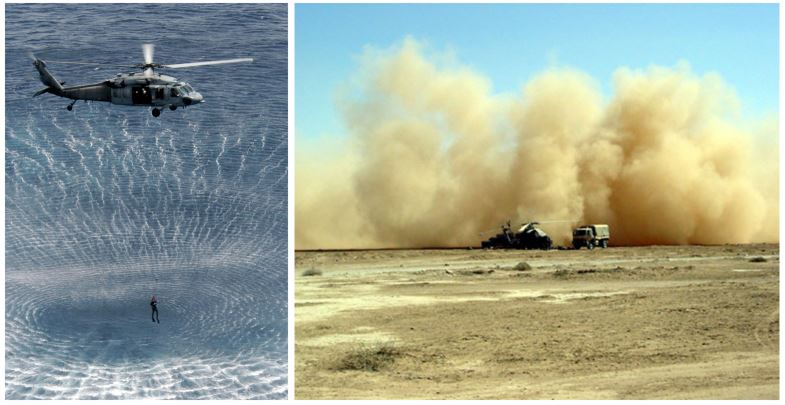
Figure 1 – Examples of helicopter rotor downwash impacts
What are the potential risks due to rotor downwash?
There are a variety of risks associated with helicopter rotor downwash, as summarised in Table 1.
Table 1 – Summary of potential risks to people, buildings, aircraft and helicopters
| Risk Element | Risk Description | Risk Mitigation |
| People | Secondary effects of Foreign Object Debris (FOD) such as dust and sand or other objects becoming airborne causing injury | Ensuring that the helicopter movement areas have an appropriate surface and designing helicopter movement areas away from people |
| Buildings | Operational effects on hangars and other building structures resulting in damage to cladding or other structure elements exceeding wind design loads | Designing the helicopter movement areas away from buildings or ensuring buildings are designed to withstand additional load |
| Light aircraft | Impact on light (recreational or general aviation) aircraft while taxiing or in aircraft parking zones | Ensuring sufficient separation between helicopters taxiing or in aircraft parking zones |
| Helicopters | Brownouts during landing procedures causing loss of spatial awareness and resulting in a hard landing or helicopter crash | Ensuring effects of the zone of influence related to downwash is understood to allow an appropriate landing surface to be constructed |
What are acceptable limits on downwash velocities?
There is limited guidance on maximum helicopter rotor downwash velocities. By calculating the downward force from the helicopter rotors, it has been assumed that the horizontal component causing a ground affect conservatively equal the vertical wind speed, as shown in Figure 2.
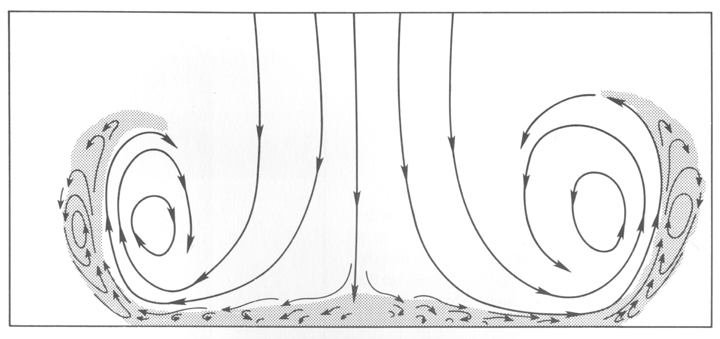
Figure 2 – Wind vortices forming helicopter downwash
While not directly related to helicopter rotor downwash, Australia’s Civil Aviation Safety Authority (CASA) currently defines the recommended maximum wind velocities affecting people, objects and buildings in the vicinity of an aeroplane in the Manual of Standards (MOS) Part 139, as summarised in Table 1.
Table 1 – Maximum wind velocity for specific objects and activities (adapted: CASA, MOS Part 139)
| Affected object | Maximum wind velocity |
| Passengers and main public areas | 60 km/h |
| Minor public areas | 80 km/h |
| Public roads | 50 km/h where vehicle speed < 80 km/h
60 km/h where vehicle speed > 80 km/h |
| Personnel working near an aeroplane | 80 km/h |
| Apron equipment | 80 km/h |
| Light aeroplane parking areas | Desirably 60 km/h, not greater than 80 km/h |
| Buildings and other structures | Not exceeding 100 km/h |
How is helicopter rotor downwash currently modelled?
A variety of research has been undertaken in the United States of America by both the US Army regarding the ground effects of helicopter downwash. Helicopter downwash is most significantly influenced by the mass of the helicopter and the diameter of the helicopter rotor.
Modelling the impacts of helicopter downwash at final approach and take-off area (FATO) as well as hover-taxi locations can allow for better planning for helicopter operations. This can benefit both airport and helicopter operators by identifying ‘areas of significant wind velocity’ to improve safety and reduce the impacts on people and property.
A typical rule of thumb requires a distance of 2 to 3 times the rotor diameter, from the rotor hub to allow the downwash velocity to dissipate to acceptable levels. The calculated downwash velocities for a helicopter with a 22m rotor diameter with a mass of 13t and 18t is shown in Figure 3 where it can be seen that the 80km/h wind velocities are exceeded at up to 40m from the rotor diameter (this would require an 80m wide corridor).
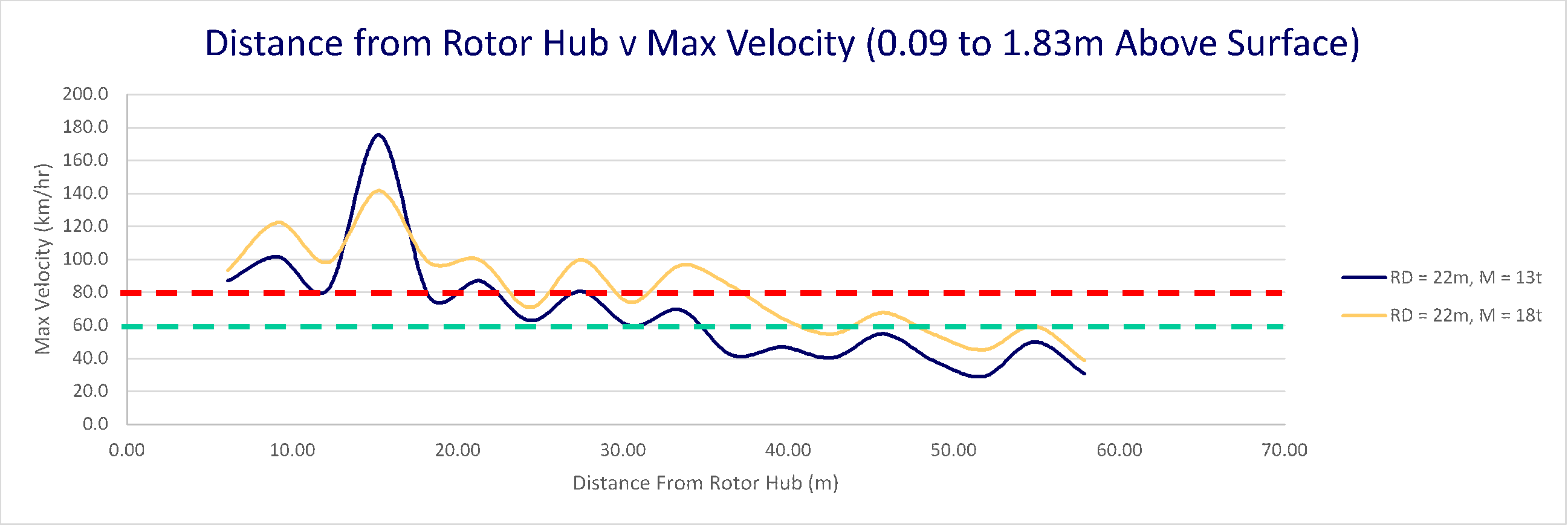
Figure 3 – Distance from rotor hub versus maximum downwash velocity
How could the helicopter downwash be more modelled better?
JJ Ryan Consulting have developed a helicopter downwash model based on US Army and NASA research coupled with aeronautical engineering calculations for aerofoils.
The model ultimately produced a downwash velocity heat-map, as shown in Figure 4 to allow the impacts of helicopter downwash to be modelled for three conditions, specifically helicopter take-off, hovering and hover-taxiing.
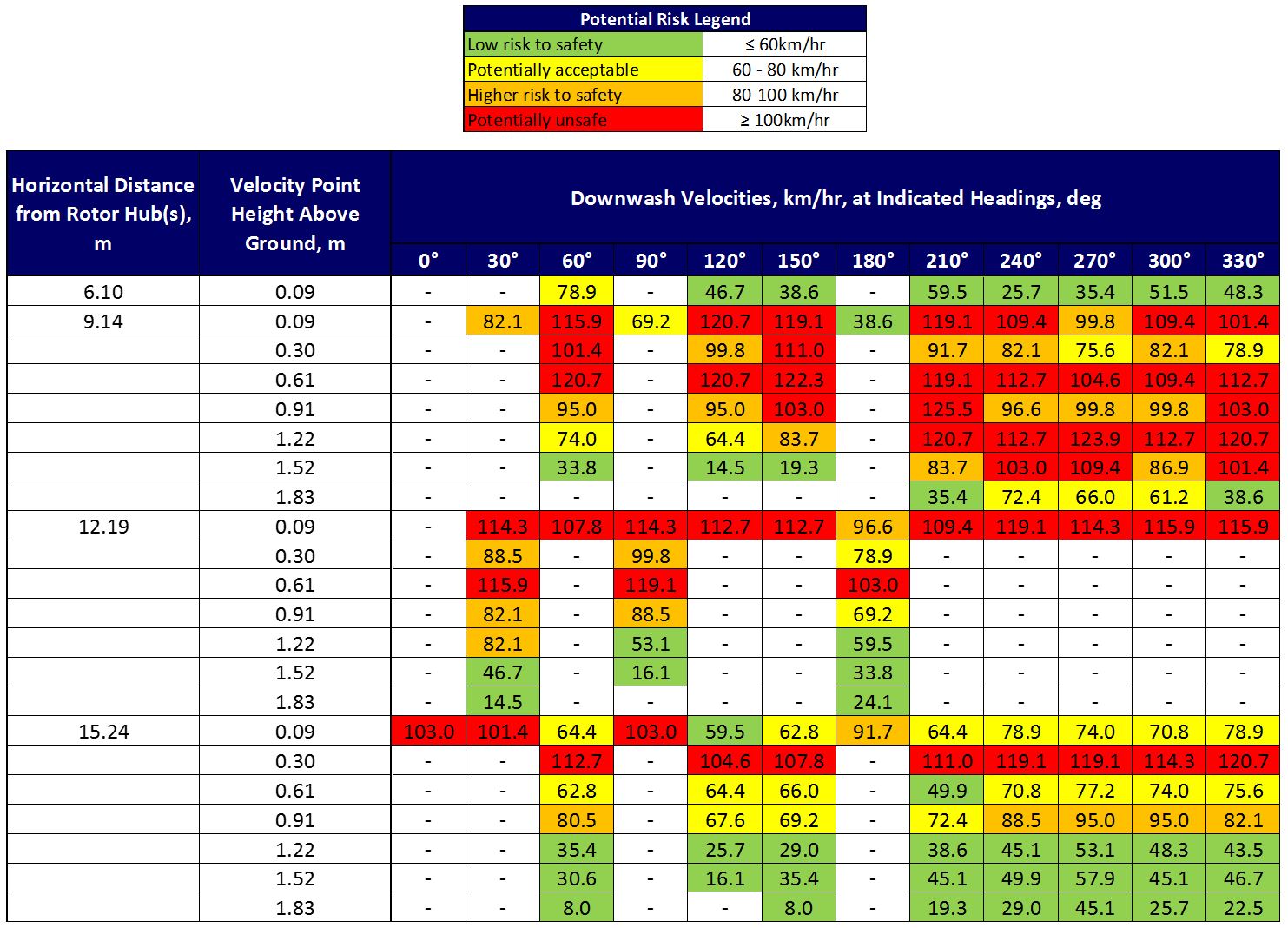
Figure 4 – Heat map showing the helicopter downwash velocities for a specific type of helicopter
The velocities are then translated into computer aided design packages to allow detailed planning and design of helicopter movement areas.
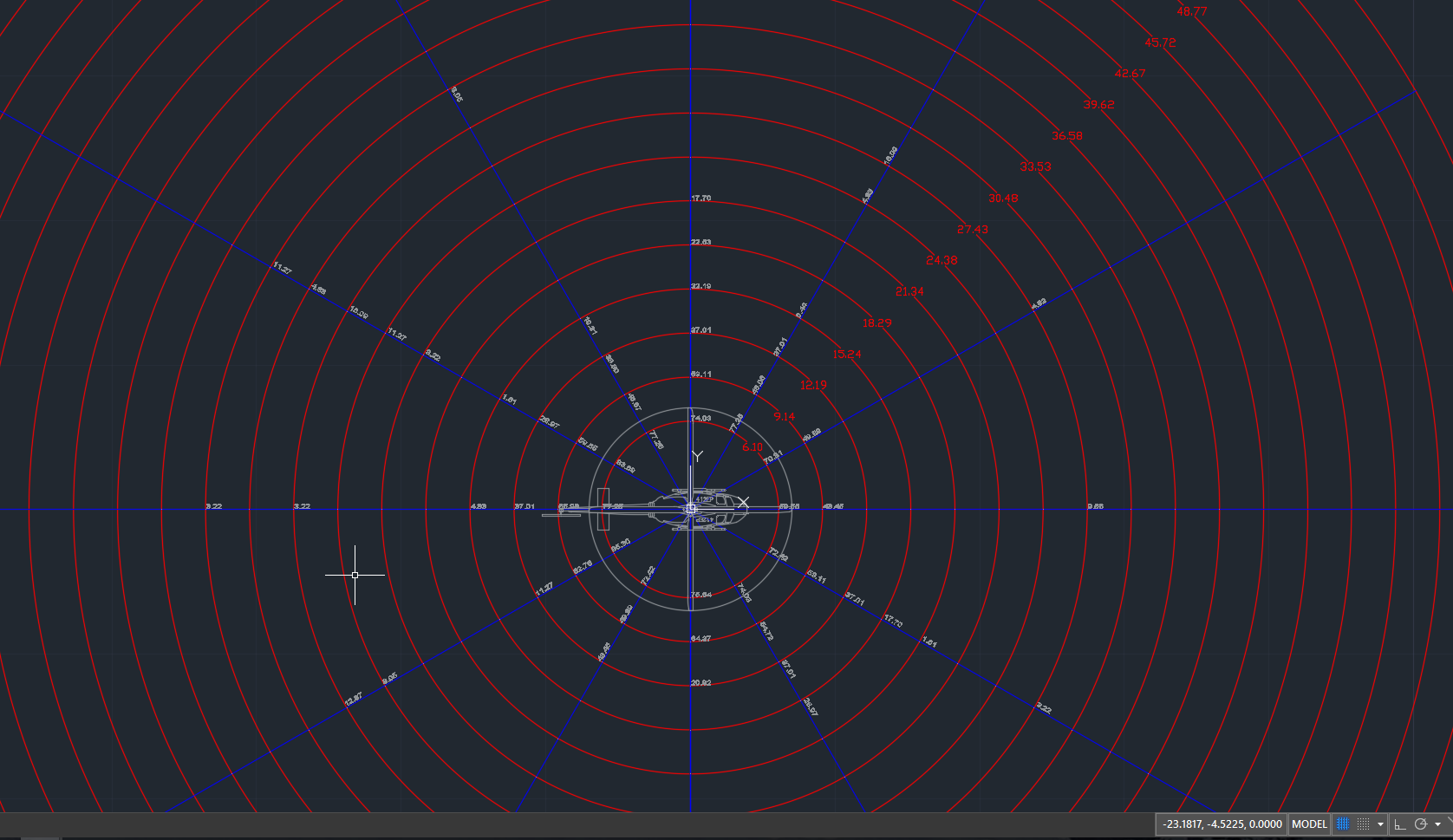
Figure 5 – Helicopter modelled in AutoCAD based on the heat map model
What is the future of helicopter downwash modelling?
In the future, JJ Ryan Consulting will conduct further research and analysis of the ground effects of rotor downwash. This will lead to better planning and design of FATO’s and hover taxi locations which will assist in improving aviation safety by allowing the impacts on people, buildings to be mitigated.
JJ Ryan Consulting’s model has limitations because it is based on theoretical calculations derived from aeronautical engineering formulas. In the future, JJ Ryan Consulting intends to undertake further testing with scale models and anemometers calibrate the model with our theoretical model. It should also be noted that the effects of cross-wind can also change (exacerbate or reduce) the impacts of the helicopter downwash in a particular direction.
